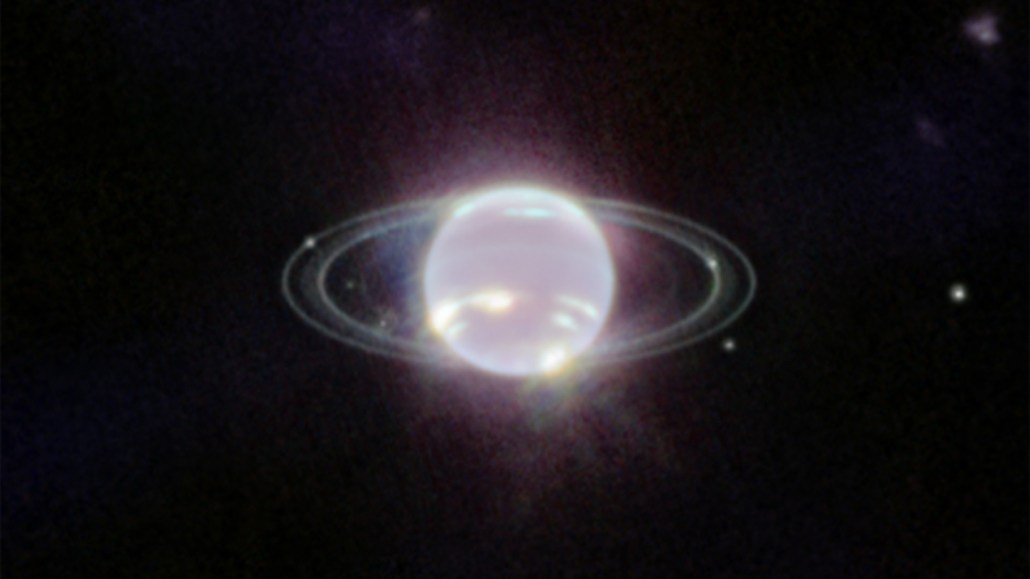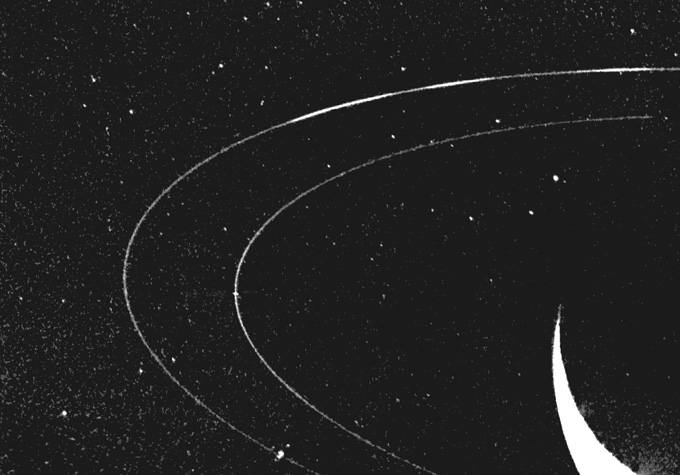Here is the first direct look at Neptune’s rings in more than 30 years
Astronomers haven’t seen the dark rings since Voyager 2 flew past in 1989

Neptune and its rings glow in infrared light in this image from the James Webb Space Telescope.
NASA, ESA, CSA, STScI, Joseph DePasquale/STScI








